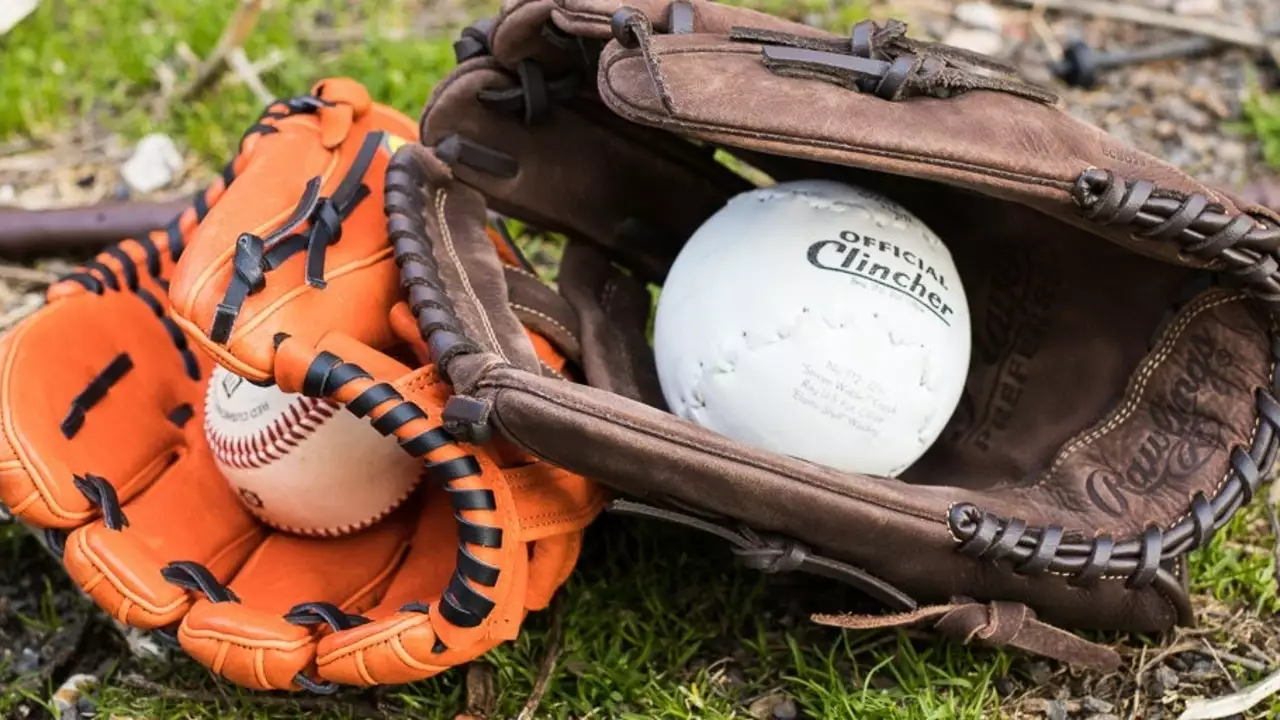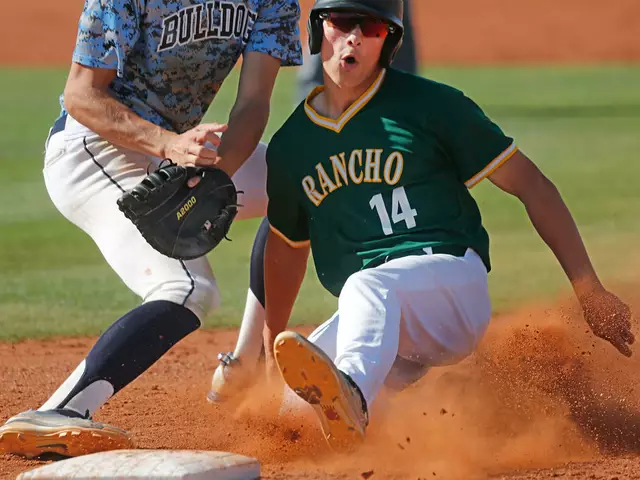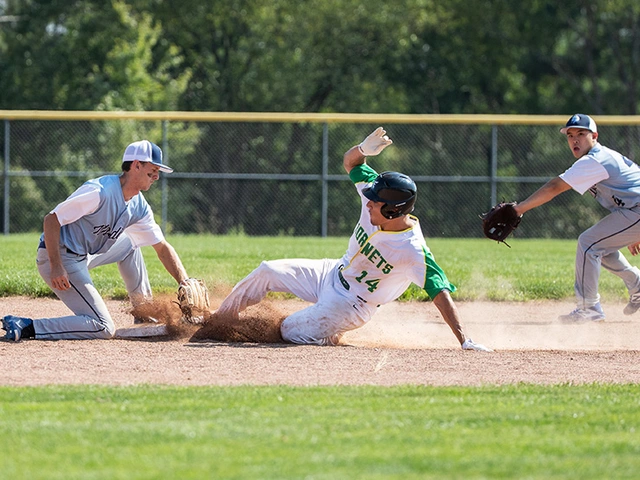Understanding the Basics of a Baseball Glove
Getting into the sport of baseball, whether you're a casual player or aspiring professional, demands a clear understanding of one crucially significant gear - your baseball glove. You'll have a better grip of its essence once you realize that it's not just another piece of equipment. It's an extension of your hand, literally and metaphorically speaking. A reliable glove feels right, fits well, and can greatly enhance your performance on the field.
Gloves evolve as you progress from being a budding baseball enthusiast to a seasoned player. Seriously, they're like Pokémon! They come in different shapes, sizes, and materials, specifically designed to match the player's role, age, and skill level. Did you know that gloves weren't even a part of the original baseball game? They only became popularized in the late 19th century after being introduced by Cincinnati Red Stockings' first baseman, Charlie Gould. And since then, baseball gloves have come a long way, offering more protection, better grip, and increased comfort for those remarkable catches. Who wouldn't want to feel like a superhero with a magic-fitted glove?
Size and Fit are Fitting Choices
The first step in attaining your 'holy grail' of baseball gloves involves understanding the importance of the right size and fit. Quinton's first baseball glove was oversized and ultimately felt like a floppy pancake on his hand. I am sure many can relate. The fit should not be too tight, restricting movement, or too loose, making it difficult to manage.
Most baseball gloves are measured from the heel's top where your wrist is to the glove top at the index finger. Sizes normally range from 9 inches (youth sizes) to 12.75 inches for adult outfield gloves. An oversized glove might give you a larger catching surface, but it can also lessen your catching control. Remember, the glove should feel like an extension of your arm, not a heavy burden. A properly fitting glove is an investment not only in your baseball skills but also in hand and wrist health.
The Material Matters
Depending on the material used, baseball gloves can drastically vary in terms of durability, comfort, and break-in time. Gloves were originally made out of raw animal hide, but today you'll find gloves made from treated leather, synthetic materials, and sometimes a combination of both. Did you know that the most expensive baseball glove ever sold was a 1920 glove of Babe Ruth that went for a cool $118,240 at auction? It's fascinating how historical and sentimental value can hike up the cost.
Gloves made from higher-quality leathers tend to be more durable and, with proper care, can last for many seasons. On the downside, they typically require more break-in time than their synthetic counterparts. On the other hand, synthetic gloves are wallet-friendly but might not last as many seasons. So, it's really about weighing the odds - how much you're willing to spend against durability and comfort.
The Glove Webbing Web
Pun intended, the webbing of a baseball glove creates a real web of choices for players! It's the lacing pattern or space between the thumb and the rest of the fingers. The web could be closed, open, modified trap, single post, and double post, amongst others. Mind-boggling, isn't it?
The web design plays a role in the glove's flexibility, control, and overall performance. For example, infielders generally prefer an open web to swiftly transfer the ball from glove to the throwing hand, while outfielders lean toward closed webs for extra support when catching fly balls. The web choice largely depends on the playing position and personal preference. Trust me, it's not as complicated as weaving a real spider's web; it's just about finding the one that suits your style best.
Position-specific Design: There's a Glove for That
Like shoes or suits tailored for specific occasions, baseball gloves are designed based on the field position you play. Infielders' gloves are typically smaller to enable quick ball transition, while outfielders' gloves are larger and have deeper pockets to aid ball catch and control. There are even gloves specifically designed for pitchers, catchers, and first basemen.
Whether playing as a shortstop needing quick transfers for double plays or a first baseman needing a longer glove for making those crucial stretches a little more reachable, there's a glove that is especially designed for that. This position-specific attention to detail in glove production underlines baseball's complexity and pedigree as a sport. It is also a wonderful reminder of how choosing the right glove could spell the difference between a spectacular performance and a forgettable one.
Breaking In and Maintenance: Glove Love
Finally, after you've found your ideal glove, it's time for 'home run.' But hold on, we're not done with the bases yet. You might need to break in your glove before you can bring your best game on field. A break-in could involve some glove oil, a mallet, and a few sessions of catch. Much like taming a wild horse, your glove will take time to reshape, soften, and conform to the contours of your hand.
Caring for your glove ensures its longevity and performance. Simple tricks like keeping it dry, storing it in a cool place, and regular conditioning can transform your glove into a long-lasting baseball buddy. A well-loved glove is not just a tool, but a companion that can make you fall deeper in love with baseball with every catch and throw.
There, my dear buddy, wraps up our chat on buying baseball gloves. Like like hunting for horcruxes, it can seem intimidating initially, but armed with the right knowledge, it's an adventure you'd enjoy. And who knows, you might just find your 'elder glove' soon! Always remember, your glove is just as important as your game. It speaks of who you are and what you can do on the field. So, take some time, do your research, and make a catch you'll surely be proud of.






